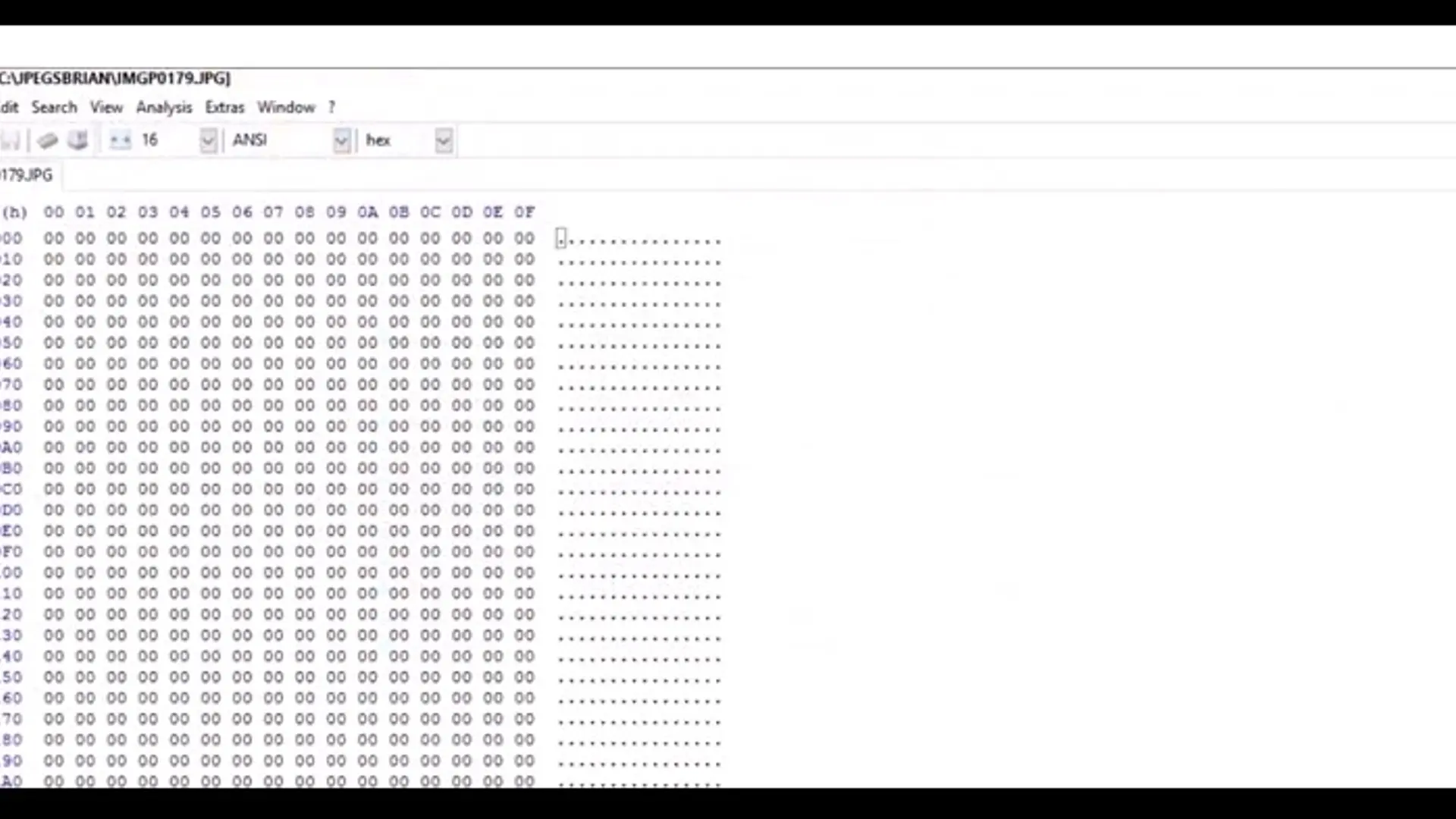

How the design thinking re-imagined billions of life in India!!
Design resolve the complex socio-economic problems. which makes a viable impact & deliver incredibly powerful results mainly on rural India
In today's digital transformation age, The slogan 'innovate or perish' stands true to its words. As brands can only survive in the market if they are constantly innovating and offering something new on the platter with time.
Ultimately, It's the innovation that helps businesses differentiate their products and services from competition, deliver greater value to customers, and build brands. In order to survive in this battle, Design thinking is one of the best solutions.
Well, Kept "thinking outside the box" on this core principle new way to solve the wicked problems & Its a powerful tool to tackle the unknown.

What's Changed? The Internet has changed absolutely everything, like other disruption affect the print media very badly from this way of consuming the news & Consumer behaviour around the world is changing dramatically.

What is better product design? From above 3 set of Images, Starting from the conventional way of getting the news with comprehensive details, full of scrolling grids, videos and text (CNN BBC NBC, TOI) which include both relevant & irrelevant news.
Moved to the customised, hand-curated, short, crisp and relevant news within 60 words. (In short, Flipboard) Finally, we are in the age where, news feed based on your behavioural data & digital demography via AI, deep learning & chatbot (Quartz,Toutiao) From above example, there is a paradigm shift in the news consumption & also in the Product Design.
WHAT WENT WRONG? : THE FORD EDSEL is often viewed as the biggest automotive industry failure in history. what Ford Motor Company promoted as "The car of the future" instead became the poster child for commercial failure.
The reasons why the Edsel failed have been widely discussed and debated, but a failure majorly due to the bad product design certainly played a major role. Potential buyers were widely polled during the planning phase of the project - but these insights were largely ignored. The front vertical grill feature to be much more slender than what resulted in production.
Engineers enlarged his grille, insisting that the original design wouldn't have delivered sufficient cooling air to the radiator. The resulting shape was commonly called the horse collar, which is one of the biggest reason for the bad design. Sadly, these aspects mask ford's most ambitious Edsel make more embarrassment of a company, the Edsel turned ford into a worldwide laughing stock!!!

The Point: From above 2 classic example prove that Human centre design is the core principle of the success or failure of the product. Nowadays, There is a shift happening in innovative product design - and it's putting people at the centre of it. The human-centred design is the practice of connecting with the needs and emotions of customers to create compelling products and services.
Design Thinking
Ask anyone to define good design, and they'll probably say `Apple`,`AirBnB`.
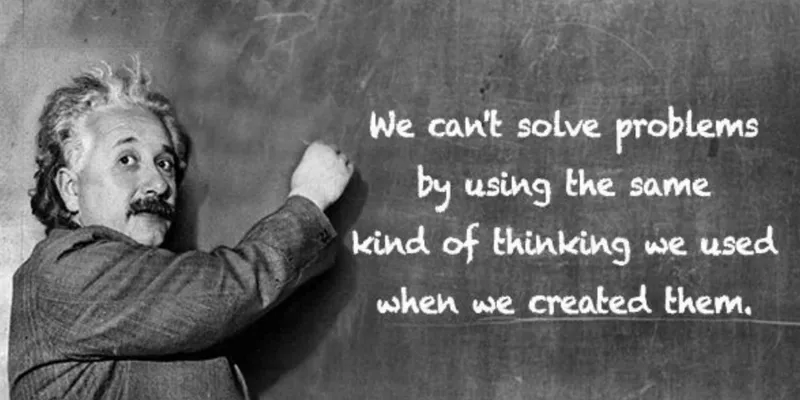
But, What is Design Thinking??
Design thinking is a method for practical, creative resolution of problems. It is a form of solution-focused thinking with the intent of producing a constructive future result.
Design thinking is a creative approach to problem solving.& Its slowly overlap the User Experience design UX/UI method. Multiple factors influenced by the product design & mainly on diversity, culture, region, gender, generation of people & many more. For the design thinking approach the ultimate goal is to drive a customer focus deep within a corporation. Design Thinking brings together what is desirable from a human point of view with what is technologically feasible and economically viable.
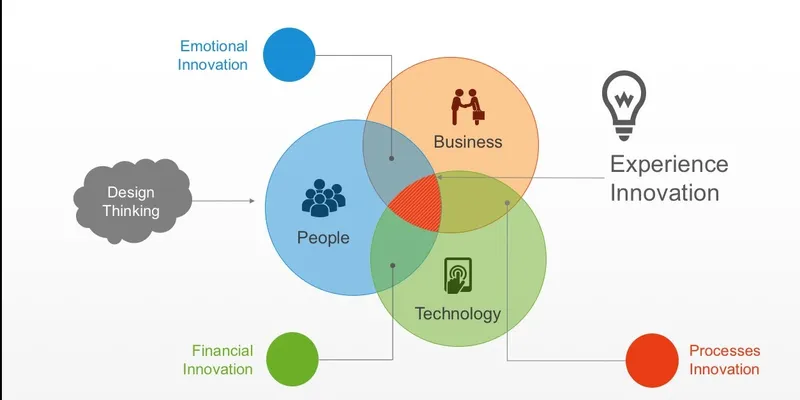
Design Thinking Success Stories
Here, there are six Design driven innovations that use the design thinking approach to resolve the social problem. which make a visible impact on the people.
Airbnb
OVERVIEW: Airbnb, one of the biggest online rental of the Home,Hotel rooms apartments, homestay across the world, Once close to going bust. Like so many startups, they had launched but barely anyone noticed.A small change in the design principle makes it a multi-billon dollar business.
CHALLENGE: Company able to get traffic for there site, but unable to convert that into the checkout. Even though they have a diverse listing of properties in various categories & cities.
REALIZATION: They realised that there was a common pattern in the pictures of the 40 ads published NewYork. They weren't very good, since the owners took them with smartphones, not all the rooms of the homes were shown and those interested had no idea where they were going to live. People were not booking rooms because they couldn't even actually see what they were paying for.
SOLUTION: Airbnb tossed out a completely non-scalable and non-technical solution to the problem travel to New York, rent a camera, spend some time with customers listing properties, and replace the amateur photography with beautiful high-resolution pictures.
OUTCOME: A week later, the results were in improving the pictures doubled the weekly revenue to $400 per week. This was the first financial improvement that the company had seen in over eight months.

Life Saving Dot
OVERVIEW: Millions of women across rural India suffer from breast cancer, fibrocystic breast disease and complications during pregnancy. Most of these cases are linked to an iodine deficiency.
CHALLENGE: Supplements in the form of pills are available, but women weren't getting or taking them.So, The real change is how do you help these women get the required dosage of iodine?
REALIZATION: Almost every Indian woman wears a bindi - a traditional symbol of beauty.But what if these tiny little dots could do more? What if they could save lives?
SOLUTION: The Life Saving Dot - an idea that transformed bindis into iodine patches.Every woman requires between 150–220 micrograms of iodine daily. These bindis dispensed that amount to the wearer daily. These bindis dispensed that amount to the wearer daily.
OUTCOME: The Life Saving Dots were distributed to women across rural India via health camps and clinics and reached many villages.
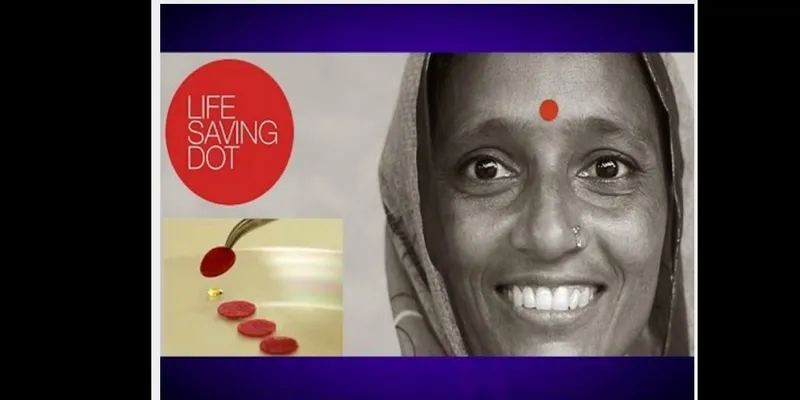
Aarambh Help Desk
OVERVIEW: Schools in rural India could be as worse as we can't even expect, very basic amenities like a writing-table, a chair to sit even a school bag are rarely viewed.who get nothing better than a bad posture, poor eyesight,bad handwriting and the quality of education.
CHALLENGE: Build a product which is economically viable & easily to produce in large scale.
REALIZATION: they need to provide each and every student in the each school (approximately 15k schools)with very less cost.
SOLUTION: portable Study table cum School Bag and that too in a most economical and efficient manner. They collected discarded carton from retailers, corporate houses and retail outlets. Making use of a stencil design, the cartons were then folded to form a portable writing desk, which also doubles up as a school bag.
OUTCOME: Drastically decrease the school drop out rate in rural India.Student in this school study comfortably & cheerfully. were able to achieve their 'most economical' target by making it in less than Rs 10 ($20 cents)

Bus Rapid Transit System (BRTS)
OVERVIEW:Due to the Rapid Increase in the urban population Managing Traffic is whole nightmore to the authority & daily commutator
CHALLENGE: Convince the people to choose the Public/Mass transport over there private vehicle. simultaneously make sure that its more comfortable than there vehicle.
REALIZATION: Metro, Sub urban railways are the possible best alternate mode of public transport with in the city. but its long term project with huge capital.
SOLUTION: "Buses, More Buses, Better Buses" Setting up BRTS (Bus Rapid Transit System)a dedicated line for bus line for commutate which is economical & cheap compared to the other mode of transport. With ease of Implementation compared to the other way like metro, sub urban.
OUTCOME: Rapid decline in the traffic. Connect to the Remote area with less time than own vehicle. with economically viable prize.

Cashless Society
OVERVIEW: The Government of India & E-commerce operator has been taking several measures to promote and encourage digital payments in the country.the government aims to create a 'digitally empowered' cashless economy.
CHALLENGE: Bring the 55% un organised sector of the people out of the banking system. & convince them to use the online payment system. via lean, economical & simple learning curve.
REALIZATION: Internet penetration reach only around 480 million with 35% overall Internet penetration of the total population in India. most of them are low speed 2G 3G with basic mobile or no Internet connection & those are outside the digital eco system,people have less knowledge on online payment or there is no proper alternative way of transaction. so they still depend on cash.
SOLUTION: Innovate new way of payment method which less dependent on Internet payment system or offline mode of payment like Paytm/BHIM QR code scan, PhonePe point of sale (POS) device based on Bluetooth technology, UPI mode of payment,Mobile Wallets
OUTCOME: there will be a rapid increase in the cashless transaction. which will leads to the financial inclusion in the many unorganised sectors people into the digital economy.
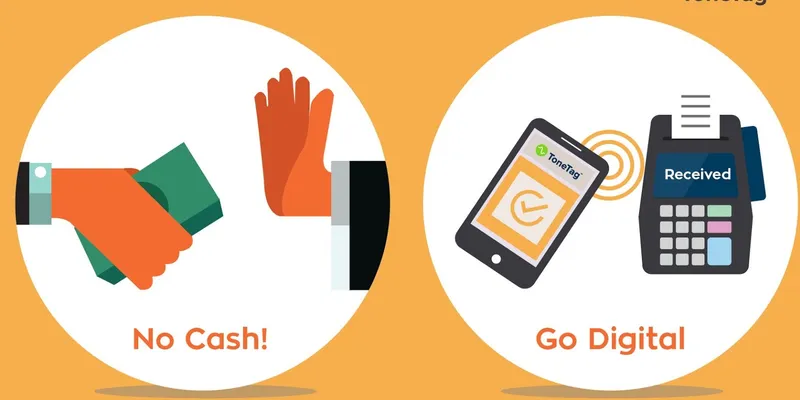
Embrace Incubator
OVERVIEW: Every year 1 Mn premature babies perish around the world. The biggest cause of their death was Hypothermia.Its a challenge for authorities & hospitals to provide a low cost Incubation to new born child.
CHALLENGE: Many of the hospital's incubators were unused, due to the High Price & unequal distribution of Incubator in Urban & Rural cities.
REALIZATION: Babies who needed them were born in remote place of a village. No matter how well designed the incubator, life-and-death battle was being fought mainly due to the unavailable of medical treatment on time.
SOLUTION: Build a low-cost incubator which has a tiny sleeping bag, containing a paraffin-based pouch that, once warmed in a heater.
OUTCOME: the new Embrace Incubator was an easy-to-use medical device with very less cost than a traditional baby incubator. It has the potential to save millions of newborns.
.jpg?fm=png&auto=format&w=800)
Design thinking methods turn the creativity & data into Growth.Here are 5 steps that keep in mind when you hack this process.
Empathize: Empathizing is central to the design thinking process. It highlights the significance of listening to the requirements and wants of our customers relative to the particular problem.To create meaningful innovations,you need to know your users and care about their lives.
Define:Here we combine all the insights collected at the time of listening and observing people. We start to synthesise and face the challenge ahead of us. That means we start to define a problem. An aspect that design thinking proves vital at is framing a problem in a clear manner so that we end up devising solutions and exploring opportunities. Try framing the problem correctly so that more avenues and solutions open up.
Ideate:Framing the right problem is the only way to create the right solution.So, now as the problem or the opportunity is clearly framed, we can search for methods to handle it. We should spur as many ideas as possible. Yes, we brainstorm or ideate. It's not about coming up with the 'right' idea, it's about generating the broadest range of possibilities. Design thinking encourages a team approach to brainstorming and very rightly promotes multi-disciplinary teams that bring across varied outlooks.
Prototype: "Build to think and test to learn" Prototyping brings the solutions into vision. Different methods are involved in it such as sketching, rapid prototyping and many others. the core purpose of this is, we intend to create rough drafts of solutions to decide if these will prove beneficial for the problem. Looking into its context, a prototype can later transform into a beta product or a minimal viable product (MVP)
Test: Testing is an opportunity to learn about your solution and your user. It provides solicit feedback, about the prototypes you have created. To refine prototypes and solutions. To learn more about your user. To refine your POV.

Summing up:
Human Centered Design is the core theme of Design thinking Those using human-centered design in their work are often trying to make an impact in the lives of others through design. They make and stay in contact with users and customers and get feedback along the way. It's driven by a methodology of connecting with and developing empathy for users This process-heavy, the people-oriented approach includes researching existing products, interviewing and observing customers, quick and iterative prototyping, and resonance testing - all with the goal of achieving solutions that create value.
design thinking is all about building a deep empathy with the people you're designing for.




